By Dr Andy Richardson BVSc CertAVP(ESM) MRCVS, NAF Veterinary Director

Headshaking is a condition where horses display repeated, reflex movements of the head and neck – usually seen when the horse is being ridden or exercised.
As a condition, headshaking was reported as being present as a problem in 4.6% of the owned horse population in the UK within the last 12 months¹. With an estimated horse population in the UK of 800,000², that equates to approximately 35,000 horses as suffering from the problem each year.
Rather than being a sign of poor behaviour or lack of schooling, true headshaking is in fact a serious and painful condition that causes significant discomfort in affected horses.
Managing, relieving and controlling the condition is a challenge for veterinarians and horse owners alike.
What is headshaking?
Headshaking is a condition where horses display repeated, reflex movements of the head and neck. The movements are uncontrollable and tend to be in a vertical, ‘up and down’ manner, although less commonly they can be either of horizontal or rotary type motion. Even with extensive investigation, it is rare that a specific cause can be identified. Such cases are termed ‘idiopathic’ or ‘trigeminal-mediated’. This is in reference to the condition being assumed to involve the trigeminal nerve, as per a similar condition in humans known as ‘trigeminal neuralgia’.
In horses, it is assumed that the violent flicks or nods of the head correspond with abnormal nerve impulses involving the trigeminal nerve. Humans with the condition describe a sharp shooting pain sensation equivalent to multiple electric shocks firing within their head.
In addition to the head movements, severely affected horses can show signs of intense facial or nasal irritation and discomfort. This can lead to attempt to violently shake or rub their head or excessively sneeze or snort.
What causes headshaking?
There are certain triggers that have been identified as exacerbating headshakers, so it can be worse under certain environmental conditions. This can appear to give the problem a seasonal pattern in some cases. The triggers that have been identified include:

There are some specific causes of headshaking type behaviour in horses that should be ruled out before a diagnosis of trigeminal-mediated is made. These include:
Is my horse a headshaker?
It should be noted that the occurrence of a horse tossing its head up and down is not solely limited to a diagnosis of headshaking. The presence of pain elsewhere in the body, particularly lameness, has been shown to increase the display of unusual head movements in horses including repeated up and down movements. A recent case series from the Animal Health trust in Newmarket highlighted that of 6 horses referred to them for headshaking type behaviour, 5 were found to have an underlying lameness. Once the lameness was removed following diagnostic analgesia (‘nerve blocks’), all 5 stopped tossing their head³.
In cases of underlying lameness, the headshaking type behaviour is usually consistent regardless of season or time of day. In addition, these horses won’t display the additional signs of trigeminal-mediated headshaking, such as excessive sneezing or snorting, signs of intense nasal irritation as though an insect had flown up their nose or signs of self-trauma including violent rubbing of the face or rubbing on the forelimbs.
What effect does headshaking have on my horse’s welfare?
Trigeminal mediated headshaking is an extremely unpleasant condition for horses and can have a significant negative effect on their welfare. It is considered to be an extremely painful condition in humans and all the evidence in horses would suggest the same. Unfortunately, being neuralgic pain, traditional pain relief medication in the NSAID category (eg bute) are not effective for this condition. This has led to a search for other ways of controlling and relieving the condition (see below).
Like most conditions it presents in varying degrees of severity. Mild cases may be able to be managed with appropriate management. Severe cases are usually unrideable. If severe cases are not suitable for paddock retirement, or if the condition is still present even when not being exercised, then euthanasia may be advisable. However, it must be emphasised that all cases are different and so veterinary advice should be sought in all cases.
Is there any way of preventing the condition?
Trigeminal mediated headshaking is an extremely unpleasant condition for horses and can have a significant negative effect on their welfare. It is considered to be an extremely painful condition in humans and all the evidence in horses would suggest the same.

Can it be managed or treated?
For the uncommon specific causes of headshaking that were listed above, treatment may well resolve the issue. Similarly, for pain-related tossing of the head secondary to an underlying lameness. For cases of trigeminal-mediated neuralgia where specific triggers can be identified, removing these can lessen the signs. For example, a nose-net if pollen is a trigger or tinted contact lenses if the condition is exacerbated by sunlight.
A consistently successful treatment has not yet been identified for this condition⁴. There is no licensed medication option for use in horses, however treatment options that are currently used with variable degrees of success include:
The optimal combination of management changes and treatments will vary between individual cases and should always be used under veterinary recommendation.
Selected References:
NAF © 2024 | NAF is a trading name of Greencoat Limited, registered in England & Wales. Greencoat Ltd - Registered address: Weston Centre, 10 Grosvenor Street, London, W1K 4QY. Registered Number: 1560 108. Registered in England & Wales.Number: 1560108 VAT Registration Number: 378 9295 80